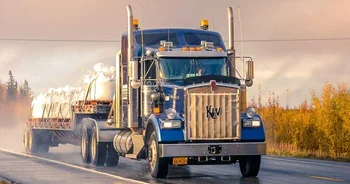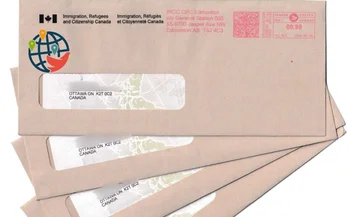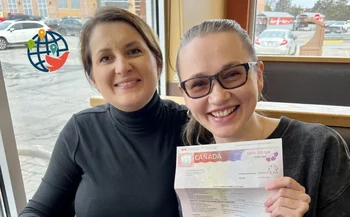Where do immigrants move under popular programs?

We analyzed the statistics on the issuance of permanent residency by program and province.
The Immigrant.Today project team has digitized the statistics on permanent residency by major immigration programs. You can see there how many people moved under each program and in which provinces of Canada they settled.
Federal programs
One of the main ways to immigrate to Canada is through federal programs. The most popular of these is the Skilled Worker Program. For the year 2022, it has already issued about 60,000 permanent residence permits.
The vast majority of applicants settled in two Canadian provinces: Quebec and Ontario. In the first province, 29,670 people received permanent residency, and in the second province, 21,670. Note that you cannot move to Quebec through federal immigration programs, there is a similar Regular Skilled Worker Program. It is the one accounted for in the statistics.
Other provinces lag far behind in the number of immigrants who moved through the Skilled Worker Program. Only 4,055 people have settled in British Columbia, which is in third place.
Another popular federal program is the Canadian Experience Class Program for professionals with Canadian work experience. Here, the main influx of immigrants comes to just one province, Ontario, where 17,735 people received permanent residency in 2022. Ontario is followed by British Columbia with 6,305 people and Alberta with 2,155. Less than 500 candidates moved to the other provinces.
A total of 27,600 permanent residence permits have been issued this year under the Canadian Experience Class. By the way, this is significantly less than last year's total of 130,590 permanent residence permits.
Provincial programs
Each Canadian province also has its own immigration programs. A total of 70,825 permanent residence permits have been issued in 2022. Here there are no clear leaders among the regions, the following provinces received the most immigrants:
- Ontario — 14,855 people;
- Saskatchewan — 12,210 people;
- British Columbia — 11,565 people;
- Manitoba — 11,040 people;
- Alberta — 9,720.
Immigrants were least likely to get permanent residency in the Northwest Territories — only 80 people did so.
Atlantic Program
The Atlantic Immigration Program allows you to move to four provinces in eastern Canada. In 2022, it has granted 4,300 permanent residencies, most of them in two regions: Nova Scotia, 2,175 immigrants, and New Brunswick, 1,275 immigrants. Two other provinces participating in the program are Newfoundland and Labrador and Prince Edward Island. They received 565 and 285 people, respectively.
Caregivers Pilots
Rural and Northern Pilot
The Rural and Northern Immigration Pilot Program allows you to settle in some small communities that are located in different provinces. The Rural and Northern Pilot does not give out many PRs. For 2022, there have been only 1,660, with 1,120 in Ontario.
Business Immigration
Canada has immigration ways for entrepreneurs. In 2022, 515 people have obtained permanent residency through the Self-Employed Persons Program and 465 through the Start-Up Visa Program.
255 self-employed people received permanent residency in Ontario and 200 in British Columbia. Alberta and Quebec had 25 immigrants each, and Nova Scotia and Prince Edward Island had 5 each. No self-employed people have moved to other provinces this year.
Start-up founders have similar statistics. They received permanent residency mostly in Ontario, 215 people, and in British Columbia, 205 people. Another 30 PRs were issued in Manitoba and 15 in Alberta.
Sponsored Relatives
A significant proportion of immigrants to Canada are those who have moved through Family Sponsorship Programs: parents and grandparents of Canadians and permanent residents, and spouses and partners of citizens and permanent residents. For 2022, 51,810 PRs have been issued to spouses and 21,500 PRs to parents and grandparents.
Among spouses and partners, the majority, 24,850, settled in Ontario. Other provinces had significantly fewer such immigrants. Next after Ontario:
- British Columbia — 9,530 immigrants;
- Quebec — 7,580 immigrants;
- Alberta — 6,370 immigrants;
- Manitoba — 1,295 immigrants.
In the rest of the provinces, there were less than 1,000 issued PRs.
Among parents and grandparents, most also moved to Ontario — 10,555. The following regions lag far behind:
- Alberta — 3,695 people;
- British Columbia — 3,600 people;
- Quebec — 1,990 people.
The remaining provinces account for less than 1,000 immigrants.
Full statistics by program and province are available at the link.





























